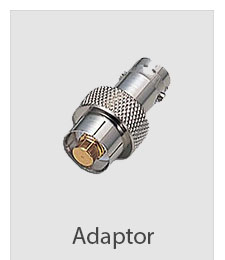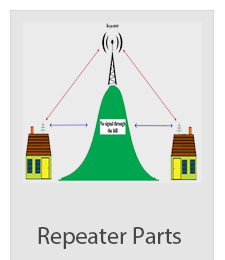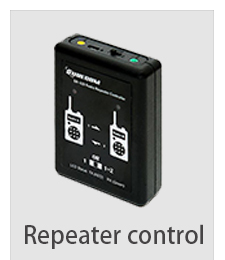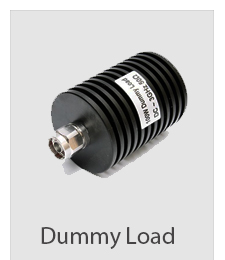Type of Battery
There are various types of batteries on the market today. Different sizes, different technology, different voltages, rechargeable, and single-use disposables. So how do you know which to use? This article gives some basic facts about the different types of batteries available.
Glossary
Cell A device that produces a voltage and can source current to power electronic or electrical devices, appliances or tools. Examples are AA, AAA, C and D cells. Although these are technically called "cells" they are commonly referred to as "batteries".
Battery A single cell can only produce a low voltage, typically 1.2 or 1.5 volts. Batteries consists of several cells connected in series so that voltages add up. So for instance a 9 volt PP3 (MN11604) battery is composed of six flat cells stacked on top of each other to produce 6 x 1.5 = 9 volts. The cells are encapsulated by an outer casing. A lead acid car battery is made of 6 cells in series to produce 12 volts.
Non-rechargeable Batteries that are disposed of once they become "flat" and their stored energy has been used up.
Rechargeable A battery that can be "filled" with charge or energy and used again multiple times.
Capacity The amount of charge a battery holds. It's measured in milliamp-hours (mAh) or amp-hours (Ah)
For more info on volts, current, amps, watts and electricity, see my easy-to-understand guide:
Non-Rechargeable Batteries
Non re-chargeable or primary cells are available in all the standard sizes and voltages; AA, AAA, C, D and PP3 (MN1604). The nominal cell voltage is 1.5 volts and 9 volts for the small square PP3 type.
There are several widely available technologies:
Zinc Carbon - These were the first non-rechargeable cells. They have a capacity between one quarter and one fifth that of alkaline cells. They have a relatively high internal resistance and this makes them more suitable for low current drain devices such as radios, toys and low power torches. They don't perform well at low temperatures and high temperatures can dry out the electrolyte.
Zinc Chloride - These are an improvement on zinc carbon having a 50% greater capacity, higher current output capacity and improved leak resistance. They also have better low temperature performance and longer shelf life.
Alkaline - These have several advantages over zinc type batteries. They are able to provide a high current output, they have good high and low temperature performance and have a long shelf life losing about 5% of capacity per year. Alkaline batteries are the most expensive however compared to zinc cells but the difference in price has reduced in the last 20 years as production has increased.
Lithium - Lithium battery voltages range from 1.5 to 3.7 volt. The batteries are expensive compared to alkalines but have have a higher energy storage density. They are suitable for high current demand applications and the output voltage is constant during discharge unlike the sloping voltage characteristic of other primary cells. Lithiums have a very long shelf life and loss of capacity is only about 0.5% per year. Single 3 volt lithiums cells are often built in the CRV3 format which is like two AA cells side by side. This allows them to be used as drop in replacements in devices which take two or four AA cells side by side. 3v lithium coin cells are commonly used to power watches.
When buying batteries, sometimes they are marketed as "high power", "high drain" "long life" etc. It's important to realize that these are marketing terms and the batteries may be zinc carbon or zinc chloride types. If you are buying batteries in bargain basement stores, make sure to check that alkaline is actually written on the packaging to get the best performance battery.
https://www.409shop.com/shop.php
Telecommunications Knowledge
|

















